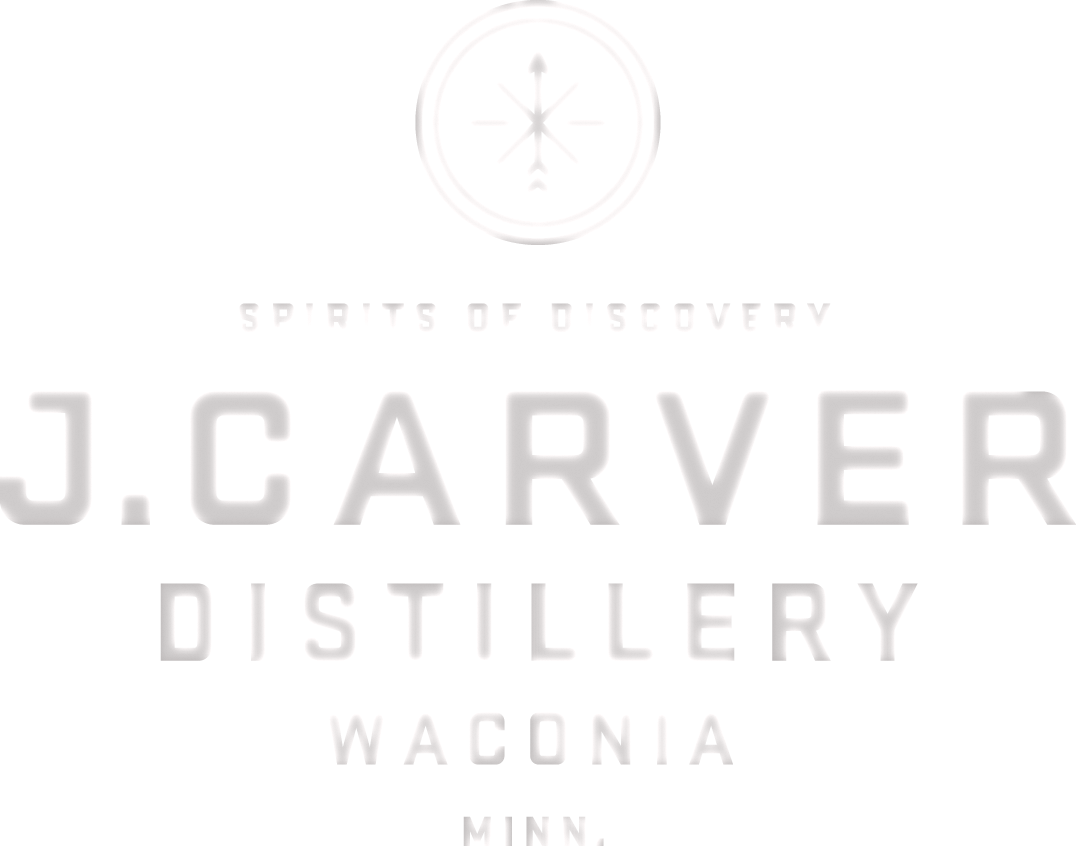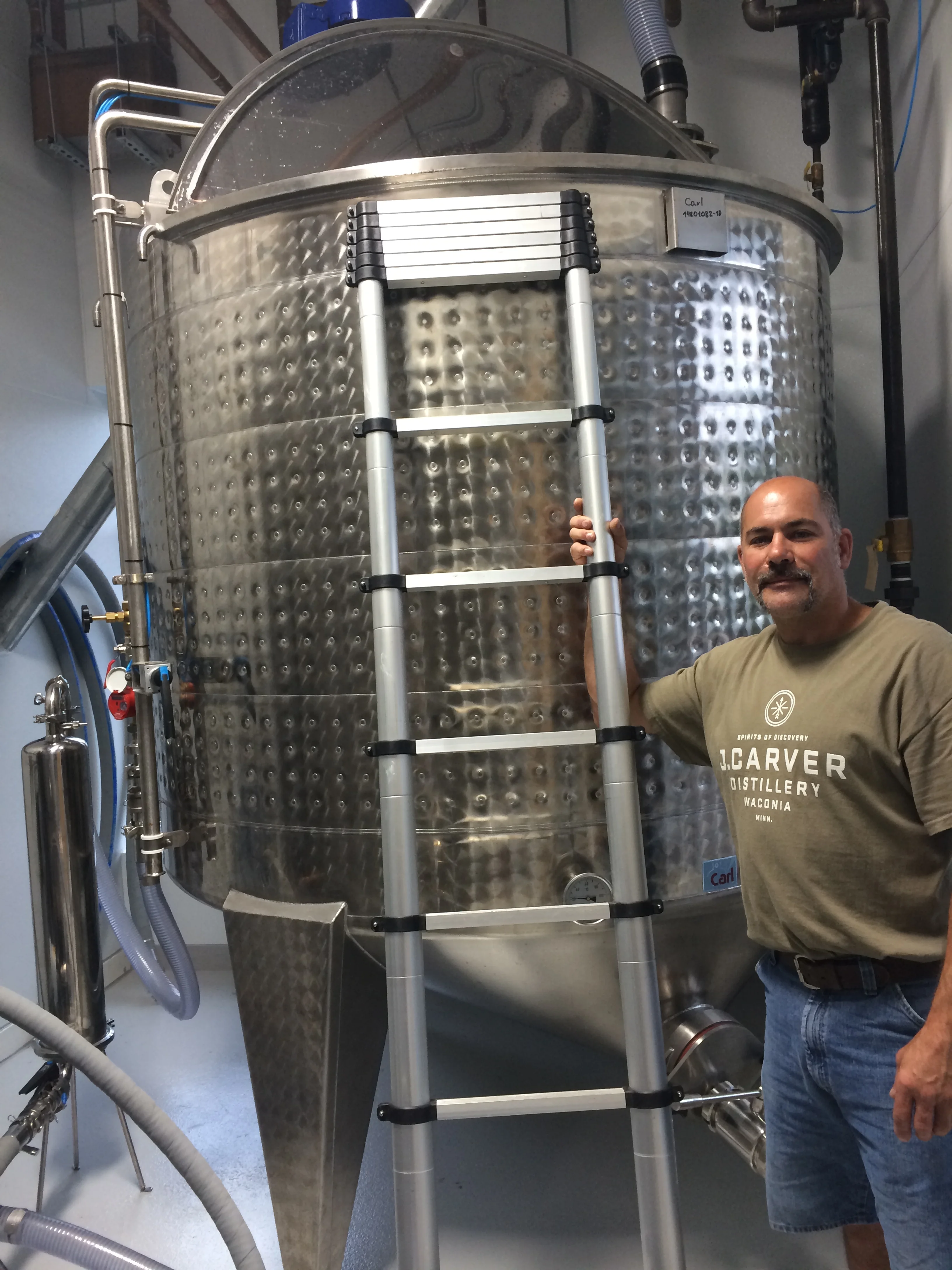Perfect timing for the blog of the week! I received word from Beth, who is in charge of all our paperwork along with all our state and federal reporting, that we are a state and federally licensed micro-distillery. Yep, you could say we are pretty excited! All of the details are in place for Matt and Dan to start the distilling process. Here is a little history about distilling.
Over the course of history, distilling can be traced back to 3500 BC. The original concept was not to produce spirits as we know them today, but rather, distillation was used by Alchemists to produce a liquid which was used for medicinal purposes as well as perfumes. There is evidence the distilling technique was used around the world by the Chinese in 3000 BC along with the East Indians in 2500 BC, the Egyptians in 2000 BC, and then used by the Greeks and Romans 1000 BC and 200 BC respectively. The process was improved over the centuries. The Latin, aqua vitae, literally translates to “water of life”. Aqua vitae was usually prepared by the distillation of wine and was known by the English as “spirits of wine” also known as brandy. Depending upon the country, the translation of “aqua vitae” varied, being called whisky in Scotland known in the Gaelic language, “uisge-beatha”. The Scotts term their whisky without the “e” whereas the Irish Whiskey has an “e”. This is one of the distinguishing factors. There is much more to come as we dive into differentiating spirits made around the world and close to home including here at J. Carver Distillery. From Whiskey to Brandy and Gin to Vodka, we have a lot of spirits to discover.
Winter Wheat
And so it is, and today is the day. Matt, Dan and John started our first mash using local winter wheat; the grain used for our premium vodka and will be the first product we produce.
They started pouring the wheat into the Hammer Mill this morning to grind the grain into a flour like texture called grist. At this point, for all my home brewers out there, this part of the process is similar to producing beer. The grist is added to water in the mash tun. The objective is to convert the starch in the grain to fermentable sugars creating a liquid that is fermentable.
Dan prepping for the first mash at J. Carver Distillery
The liquid mash will go into the fermenters and yeast will be added which creates a low alcohol mash. Our “soon to be vodka” will be distilled from this ale-like liquid. At this point, I love how Matt describes the distilling process. He says to think of it like rain…evaporation, condensation and precipitation. What goes up must come down. The low alcohol liquid goes into the still and the distilling process begins. This is when we start discussing terms like heads, hearts and tails and we’re not talking anatomy…Until next time.
The FIRST mash



